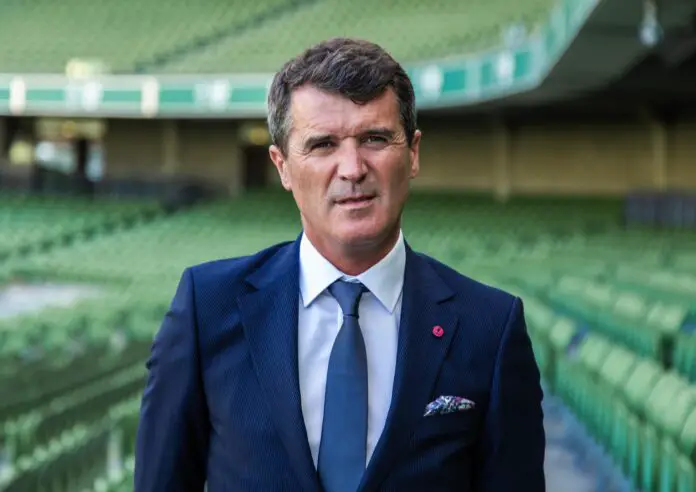Table of Contents
Who is Roy Keane?
Roy Keane is a well-recognized Irish player who is now an acknowledged coach. In addition, he is most noted as a footballer for his time with Manchester United and the Irish national team. Aside from that, he was unquestionably one of the best midfielders of his generation, and he was named to the list of the top 100 living footballers.
Currently, Keane is serving in the position of the assistant manager of both the Republic of Ireland national football team and Aston Villa (an English professional association football club).
Profile of Roy Keane
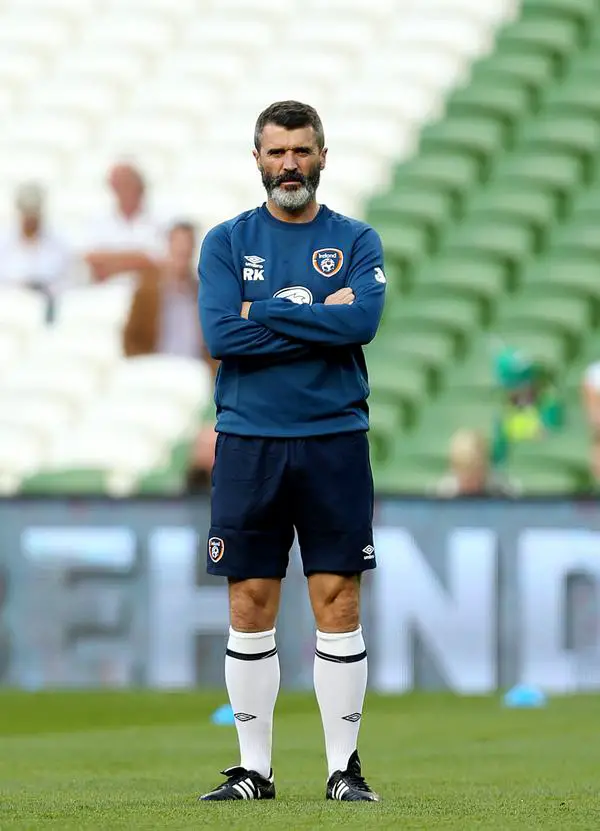
| Full Name | Roy Maurice Keane |
| Popular As | Roy Keane “Keano” |
| Birthdate | 10th August 1971 |
| Place of Birth | Cork, Munster, Ireland |
| Gender | Male |
| Profession | Former Professional Footballer, Football Manager & Pundit |
| Nationality | Republic of Ireland |
| Race / Ethnicity | Irish |
| Religion | Christian |
| Education | Undisclosed |
| University | Undisclosed |
| Sexual Orientation | Straight |
| Age | 51 Years Old |
| Sun-sign | Leo |
| Eye color | Hazel-Green |
| Hair Color | Black |
| Height | 5’10” (178 cm) |
| Marital status | Married |
| Parents | Maurice Keane (Father) & Marie Keane (Mother) |
| Siblings | Hillary Keane,Johnson Keane,Denis Keane,Patric Keane |
| Spouse | Theresa Doyle |
| Children | 5 (Shannon, Caragh, Aidan, Leah & Alanna) |
| Net Worth | $60 Million |
Roy Keane is the joint most successful Irish footballer of all time. In fact, he is a manager, a former professional player, and a pundit.
Early-life, Education & Family Background
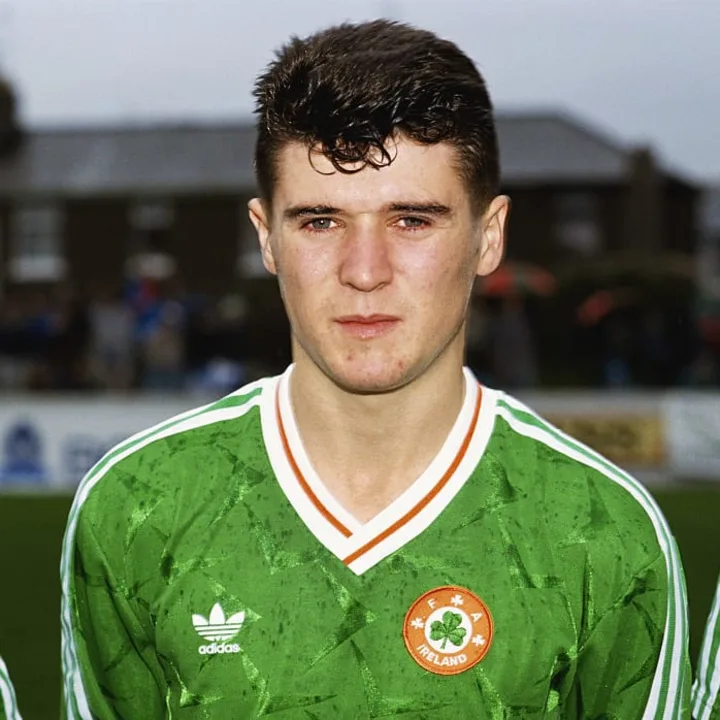
Roy Keane was born on 10th August, 1971, in the Balinderry Park district of Cork, Munster, as Roy Maurice Keane. Apparently, Keane was raised in Mayfield, a Cork suburb, in a working-class household where Maurice, his father, accepted any work he could get due to the poor economic condition. Meanwhile, his mother was a dedicated housewife while his father worked in the local knitwear business and the Guinness beer brewery.
Interestingly, Keane was born into a working-class Irish family that was strong on sports, notably football, and several of his cousins had played for local junior clubs. Simultaneously, he was also a member of Rockmount’s youth team, where he showed himself to be a potential player (in his first season for Rockmount he was player of the year). Reportedly, growing up, he was a huge Celtic and Tottenham Hotspur fan, but it was Manchester United’s Bryan Robson who he admired the most throughout his career. Eventually, Keane succeeded Robson after he left Manchester United.
Accordingly, Keane began boxing at the age of nine and had some success, winning four of his four amateur championship contests. Nonetheless, his brilliance was recognized when he won player of the year in his first year, indicating that his family’s passion for football had reflected onto him.
Prior to Fame
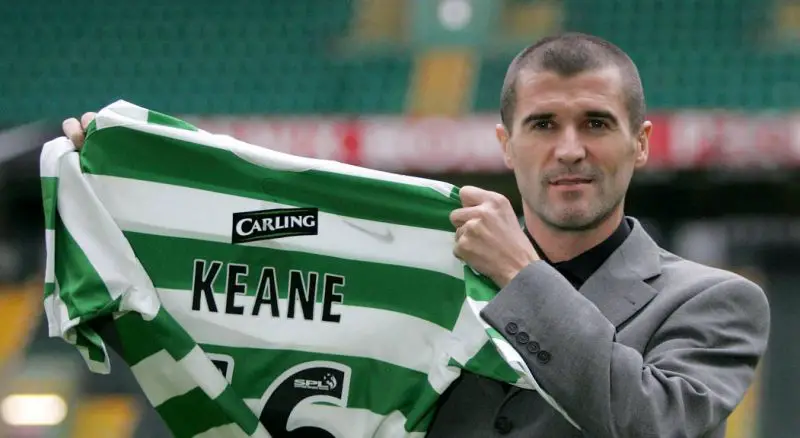
Despite his considerable talent, Keane’s football career appeared to be uncertain. He was removed from the Irish school squad after a trial in Dublin; one of the reasons offered by former Irish coach and scout Ronan Scalley was that the 14-year-old Keane was “too young” to play at the appropriate level. However, Roy remained undeterred and sought trials with English clubs, but was refused down.
After a few years, Roy acquired a temporary work (which required hard labor) while pursuing his dream of being a professional football player. Roy’s fortunes finally flipped in 1989, when he acquired a contract with Cobh Ramblers, an Irish semi-professional club. Consequently, Keane made rapid expansion and found himself on the pitch for both the junior and senior teams on a regular basis.
Regardless, Keane demonstrated his brilliance against far more seasoned players when faced with tough, formidable Irish First Division football. Apparently, he took his training very seriously, which showed in the way his game progressed. Meanwhile, a scout from the English club Nottingham Forest spotted Keane and invited him to a tryout in England.
Subsequently, Keane wowed Forest head coach Brian Clough and the entire coaching staff, resulting in the young Irishman’s £47,000 transfer to Nottingham in the summer of 1990. And, during the summer pre-season in the Netherlands, Keane made his first competitive debut for the new team. Eventually, Keane succeeded Steve Hodge, a former England international, on his path to a regular spot in 1991.
Roy Keane’s Professional Football Journey
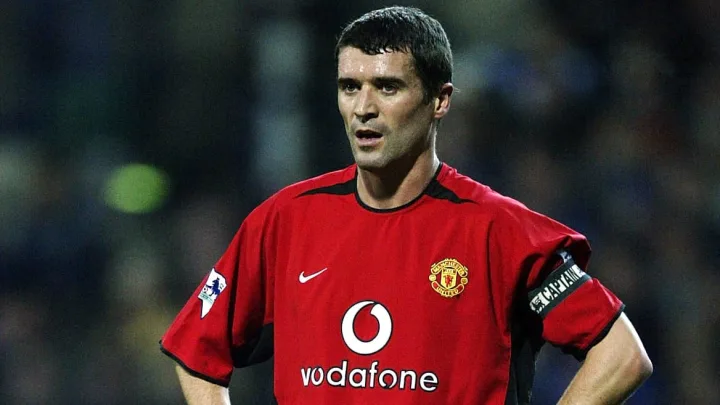
Keane had a prolific career as a professional football player. Remarkably, he played with the Cobh Ramblers in the Irish division, Nottingham Forest, and Manchester United during his 18-year playing career (both clubs in the English league), before finishing with Celtic (based in Scotland) for less than a year. In the meantime, Keane was known for his intense gameplay, as well as his tenacity and ability to win tough battles.
Soon after his retirement as a player, he was appointed manager of Sunderland (an English association football team), and the club went from 23rd place in the Football League Championship in late August to winning the division and promotion to the Premier League.
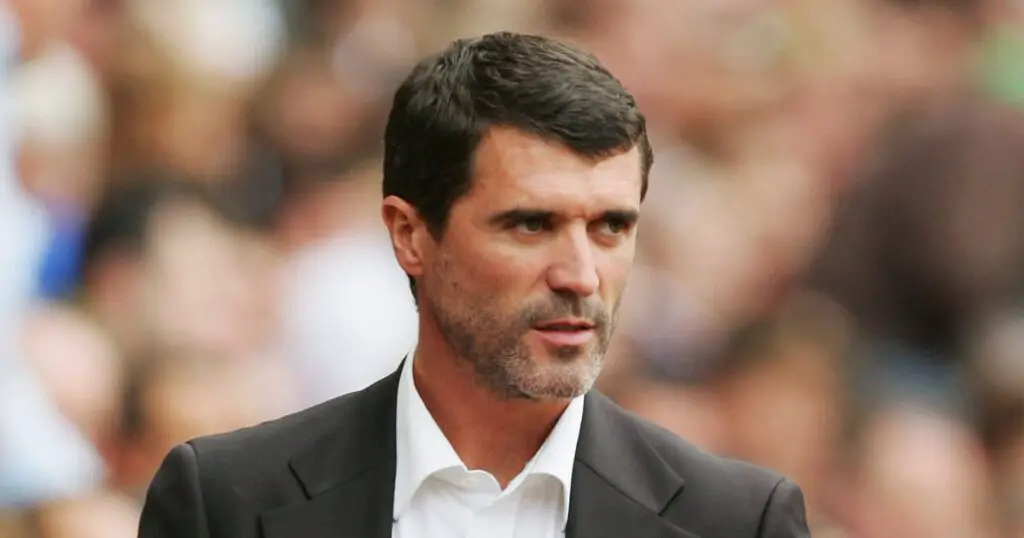
Thereafter, he worked in the media for a while but wasn’t very enthusiastic about it until he was offered the chance to commentate for ITV’s coverage of Manchester United’s Champions League final against Barcelona.
Eventually, Keane took over the 23rd-ranked Sunderland in his debut season as head coach and led them to first position, winning the Championship and achieving promotion to the Premier League. Keane’s arrival was key in Sunderland’s success in 2006-2008. However, Sunderland management mutually agreed to terminate Keane’s contract on December 4, 2008.
Following his departure from Sunderland, Keane served as the head coach of Ipswich Town from April 2009 to January 2011. Also, he was Martin O’Neill’s assistant in the Irish national team from 2013 to 2018, and he joined Nottingham Forest FC in January 2019. Besides, he has also acted as a television guest analyst.
Journey with the Manchester United
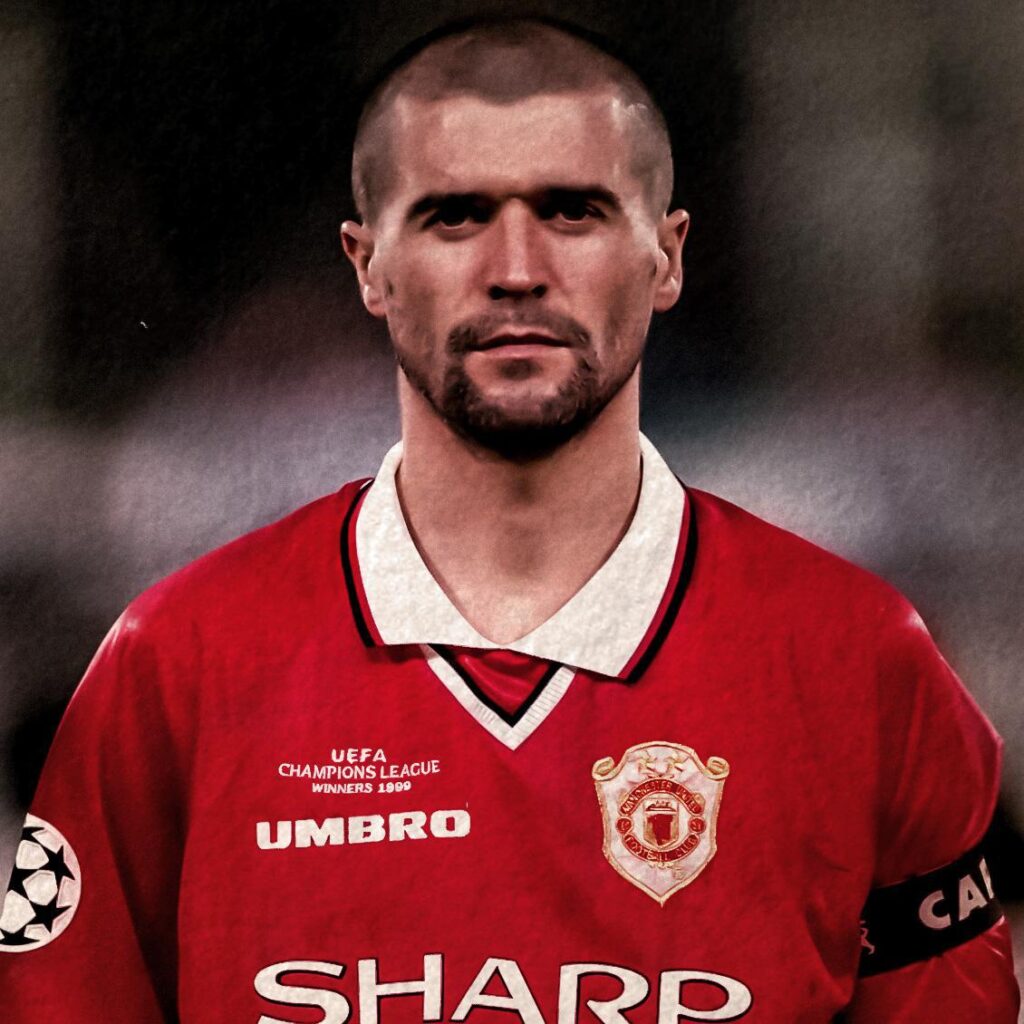
Roy Keane was signed to Manchester United in 1993 for a world-record £3.75 million, a British transfer fee at the time. Moreover, his playmaking and physical abilities helped him become Manchester United’s captain in 1997. During his 12 years at United, Keane established himself as one of the club’s legends, winning seven Premier League titles, four FA Cups, and a UEFA Champions League.
In fact, the former Man-U midfielder, is regarded as one of the most combative and confrontational players in football history. Whilst, Man U fans refer to him as “legend” since he spent more than a decade with the English football club. Furthermore, the former Irish footballer was a member of the Red Devils’ only treble-winning squad.
Nonetheless, Keane remained at United until 2005, when he signed a six-month contract with Celtic before retiring from the game entirely. Then, Roy began his coaching career as a football manager shortly after his retirement, with Sunderland in the Championship.
Thereafter, he went on to coach Ipswich Town, the Republic of Ireland national team, Aston Villa, and Nottingham Forest in the years that followed. Furthermore, has previously worked as a commentator for ITV and joined Sky Sports in September 2019 to work on Super Sunday.
Achievements as a Player
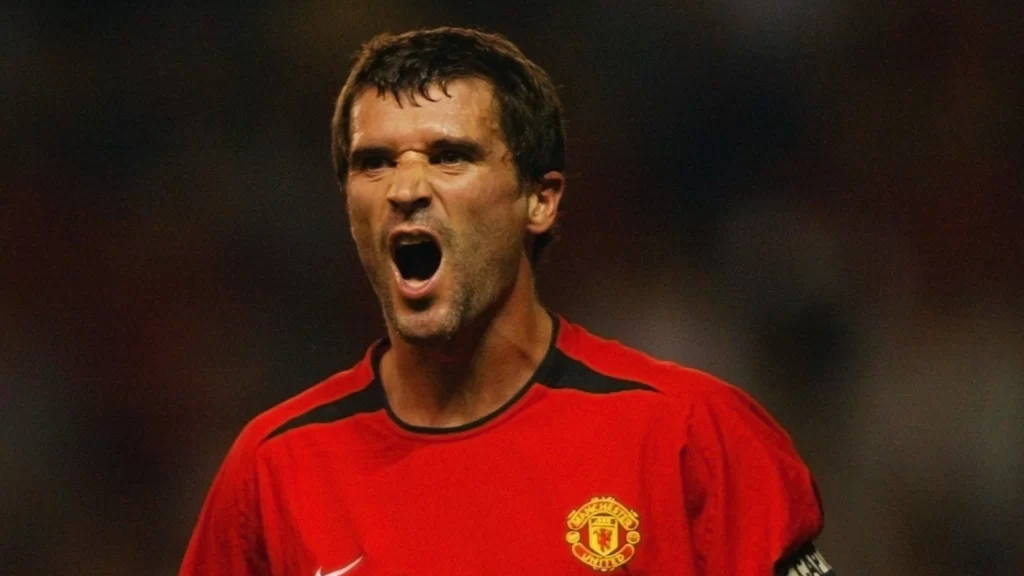
Roy Keane was a member of the Irish national team for the most of his football career, serving as captain for 14 years (1991-2005). Besides, he is tied for the most-red cards in English football history, having been sent off a total of 13 times during his career.
Remarkably, Keane appeared in every game of the 1994 World Cup. However due to a disagreement with national coach Mick McCarthy, he was left out of the 2002 World Cup. Regardless, Keane was named to the FIFA 100 list of the world’s greatest living players in 2004.
In his club career, he has won 19 major trophies, 17 of which were won with Manchester United.
Keane’s Career Highlights
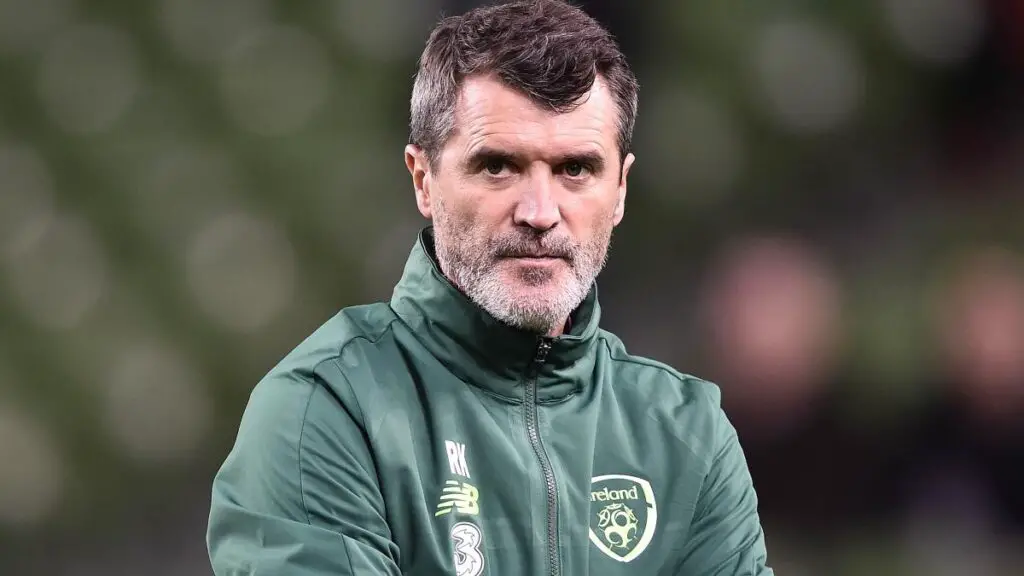
- Keane established his worth shortly after joining United in 1993 by clinching a win over Manchester City in the Manchester Derby.
- In-fact, Roy was voted Ireland’s player of the tournament in 1994, as the Republic of Ireland reached the World Cup knockout stages for only the second time in history.
- Following the untimely retirement of Eric Cantona, Keane was named captain of Manchester United.
- Remarkably, the second leg of the 1999 Champions League semi-final against Juventus, where Keane helped seal a last-minute victory, was arguably his most remarkable performance.
- Moreover, PFA Team of the Century, Premier League Hall of Fame, and RTE Sports Person of the Year are among his accolades as a player.
- Besides, Roy was named Football League Manager of the Month in February and March 2007, as well as LMA Manager of the Year in 2006-07.
Keane’s Personal-life & Relationships
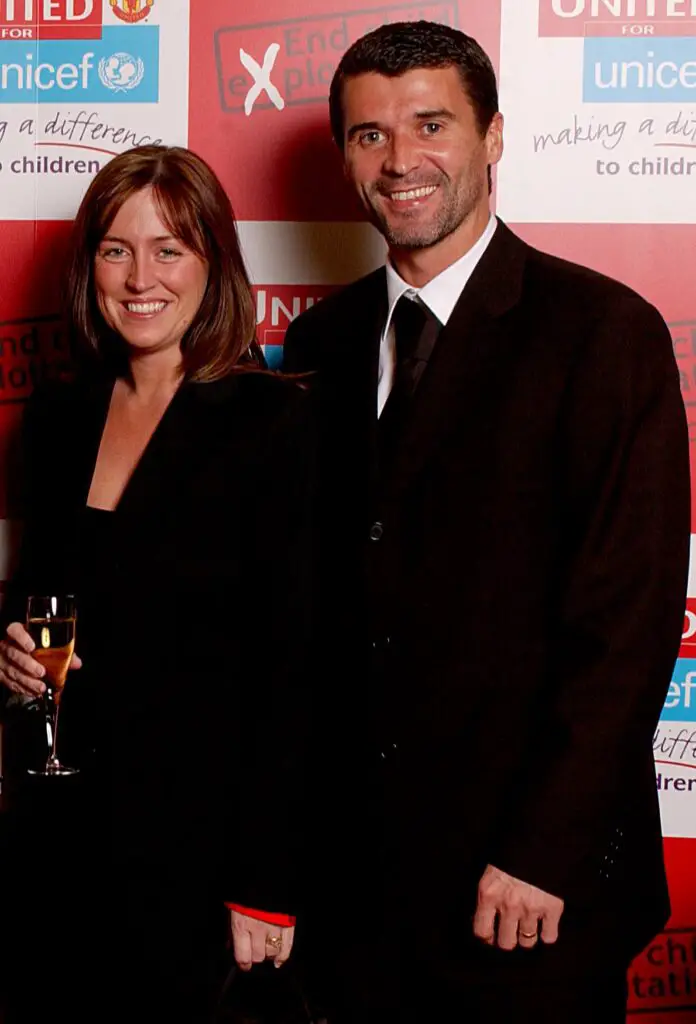
Roy Keane and Theresa Doyle have been in an exemplary marriage for over two decades. The loving couple tied the nuptial knots in 1997, at the Church of Our Lady Crowned in Mayfield, Cork.
Apparently, the couple met in 1992 while Keane was playing for Nottingham Forest. Moreover, they are now the proud parents of five children; Shannon, Caragh, Aidan, Leah, and Alanna.
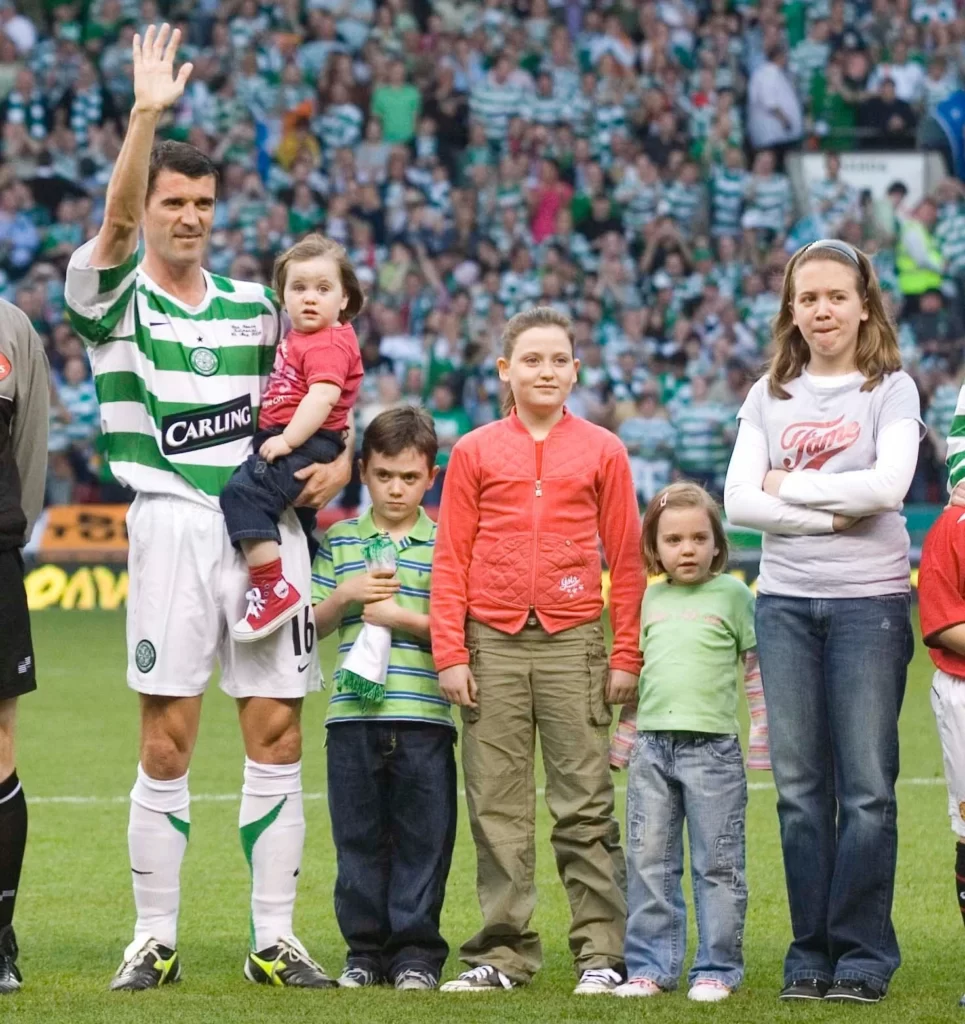
Reportedly, the family lived in Bowdon before moving to Tudor mansion in Hale, Greater Manchester, when Keane joined United. Eventually, in 2009, they relocated to Woodbridge, in Suffolk, to be closer to Ipswich Town, the new team he was managing. However, they left in 2015 and placed the house up for sale.
Social Media Handles of Roy Keane
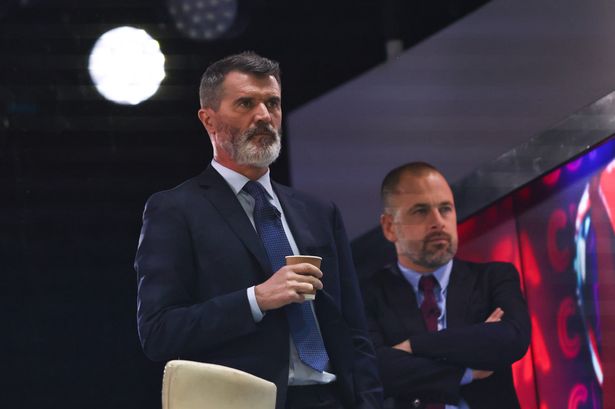
Roy Keane’s social media presence is noteworthy. His Instagram account has 2.1 million followers, and he primarily uses it to share cute family photos.
| Roy Keane |
Net Worth of Roy Keane
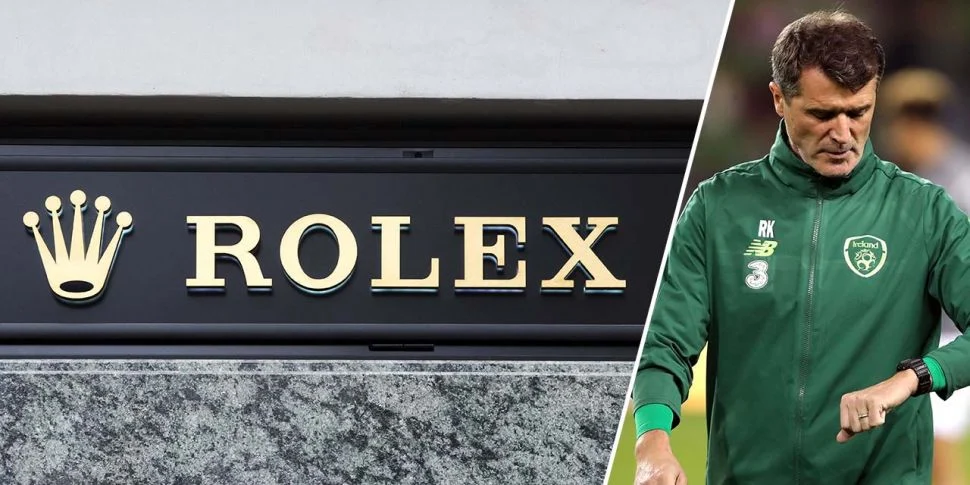
As of 2022, Roy Keane has an impressive net worth of $60 million USD. Meanwhile, his primary source of income is due to his years-long position as an Irish football manager and former player.

